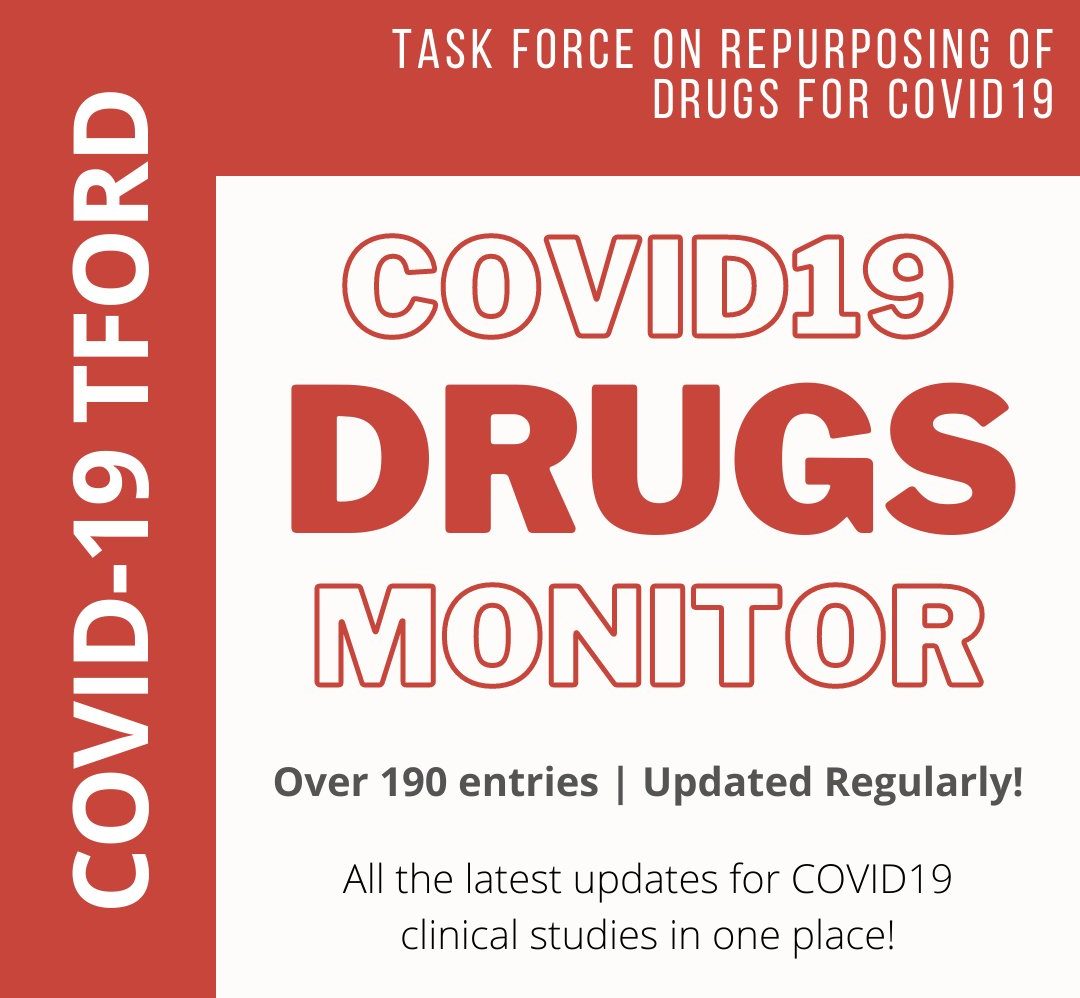(07 Jan 2021) Ruxolitinib- was associated with significant reduction of biomarkers of inflammation
Compassionate use of Ruxolitinib in patients with SarsCov-2 infection not on mechanical ventilation. Short-term effects on inflammation and ventilation
https://doi.org/10.1111/cts.12971
Ruxolitinib was provided as a compassionate use in patients consecutively admitted to our institution for Sars-CoV-2 infection. Inclusion criteria were oxygen saturation </= 92%, signs of interstitial pneumoniae, and no need of mechanical ventilation. Patients received 5 mg bid of ruxolitinib for 15 days, data were collected at baseline and at day 4, 7 and 15 during treatment. Two main targets were identified, C-reactive protein (CRP) and PaO2/FiO2 ratio. In the 31 patients who received ruxolitinib symptoms improved (dyspnea scale) at day 7 in 25 out of 31 patients (80.6%); C-reactive protein decreased progressively from baseline (79.1+/-73.4 mg/dl) to day15 (18.6+/-33.2, p=0.022). In parallel with CRP, PO2/FiO2 ratio increased progressively during the three steps from 183+/-95 to 361+/-144 mmHg (p < 0.001). In those patients with a reduction of PCR </= 80%, delta increase of the PO2/FiO2 ratio was significantly more pronounced (129+/-118 vs 45+/-35 mmHg, p=0.02). No adverse side effects were recorded during treatment. In patients hospitalized for Covid 19 compassionate-use of ruxolitinib determined a significant reduction of biomarkers of inflammation which was associated with a more effective ventilation and reduced need for oxygen support. Data on ruxolitinib reinforces the hypothesis that targeting hyperinflammation state, may be of prognostic benefit in patients with Sars-Covid-2 infection.
